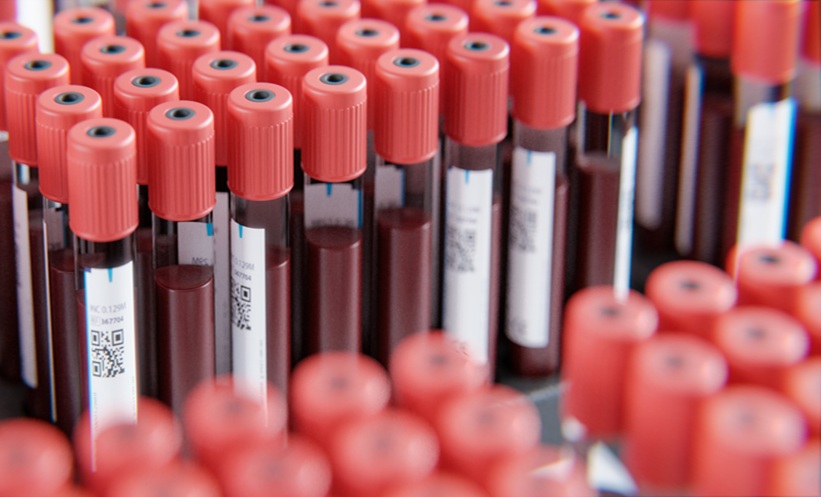RECENT research analysed whether a genetic risk score (GRS) for prostate cancer could accurately identify the disease in males showing lower urinary tract symptoms (LUTS). It is common for males to develop LUTS, such as urinary frequency, poor stream, nocturia, and prostate enlargement as they age; however, this can make it harder to diagnose prostate cancers. These account for approximately one quarter of new cancer cases in males, and earlier detection would significantly improve the prognosis. This study is the first to demonstrate that GRS can be used for prostate cancer investigation besides clinical features.
Researchers from the University of Exeter, UK, analysed data from the UK Biobank on 6,777 males with white European ancestry who showed LUTS. The outcome measure of the study was diagnosis of prostate cancer within 2 years of consultation, and the predictor was a GRS of 269 genetic risk variants for prostate cancer. 247 patients developed prostate cancer within 2 years and were included as cases; 6,468 were included as controls; and 62 died before the 2-year follow-up, and were excluded from the study.
While males who did not receive a prostate cancer diagnosis within 2 years had a mean GRS of 22.92, those who were diagnosed had a mean GRS of 23.52. This shows that the scores could improve the diagnostic pathway. The researchers suggest a fast-track for additional investigations in patients with the highest risk.
The study’s limitations include the age of the study cohort, which included a significant number of younger men, as well as the lack of ethnic diversity, as Black males are twice more likely to develop prostate cancer than white males.








